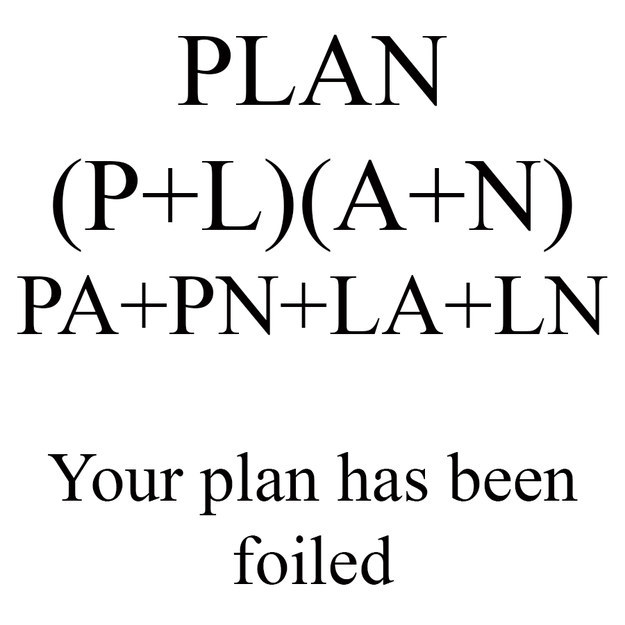One of the fun probability mind-bogglers of our time is that of a game show. Imagine you are on a game show and you are presented 3 curtains. Behind one is a brand new car, behind the others are goats. Obviously you'd want the car. So you chose one of the three curtains. Now obviously the probability you chose right is 1/3 or P(1/3). But if this game show is anything like Monte Hall's, after you chose your curtain they reveal one of the curtains WITH a goat behind it. Now they give you the option to switch. So the question is do you have a higher chance of winning the car if you switch, or if you stick to your guns.
Some people will say it doesn't matter, it just becomes a 50-50 chance right? Well not exactly. So lets assume that you a a contestant will never switch. If you pick curtain #1, and then Monte Hall (your game show host) shows that curtain number three has a goat too, you still have the same chance of winning even if he hadn't shown the curtain, 1/3. Now if a mathematician comes on to the show, this is how he would approach it. The probability of getting the first guess wrong, is 2/3, and if you get the first guess wrong (choose a goat) and then switch, you will always get the car. This is because obviously you're not going to choose the revealed goat curtain. So, you want to get a goat on the first guess, so you can see where the other goat is, and then switch to the car. The probability of getting the car if you always switch becomes 2/3.
So in conclusion, always switch on those game shows. Your probability increases from 1/3 to 2/3's if you do.
Friday, March 10, 2017
Tuesday, February 21, 2017
The Spread of Info: Exponential Functions
The spread of information is clearly an exponential growth, and the model we are using doesn't take into account many other factors that play a part in how many people know the rumor. However the number we end up with after 15 hours using this very general model is unbelievable.
If we used a more realistic model where 10 new people found out from every person that knew every hour, in just 2 hours, 100 people know. Although, even this is conservative, realistically 10 people find out every 15 seconds. If we graph these exponential functions they quickly result in numbers that are simply too large to understand. It is important to realize that in this day and age, information spreads quicker than ever and often this information can be hurtful, even life-ruining in the case of Monica Lewinsky.
Monday, January 9, 2017
Some Math Humour
New Year calls for some fun... math style.

https://www.buzzfeed.com/generalelectric/25-jokes-only-math-geeks-will-understand?utm_term=.vcPyARmQO#.qoWd1e8Lb

https://www.pinterest.com/pin/179369997635039136/

https://www.pinterest.com/pin/27232772719998822/

https://behappy.me/canvas/why-was-the-math-textbook-sad-because-it-had-problems-then-we-solved-them-210445
I put my root beer in a square glass. Now it’s just beer.

https://www.buzzfeed.com/generalelectric/25-jokes-only-math-geeks-will-understand?utm_term=.vcPyARmQO#.qoWd1e8Lb

https://www.pinterest.com/pin/179369997635039136/

https://www.pinterest.com/pin/27232772719998822/

https://behappy.me/canvas/why-was-the-math-textbook-sad-because-it-had-problems-then-we-solved-them-210445
I put my root beer in a square glass. Now it’s just beer.
After a talking sheepdog gets all the sheep in the pen, he reports back to the farmer: “All 40 accounted for.”
http://www.rd.com/jokes/math/


“But I only have 36 sheep,” says the farmer.
“I know,” says the sheepdog. “But I rounded them up.”
Why did I divide sin by tan? Just cos.


Subscribe to:
Comments (Atom)

